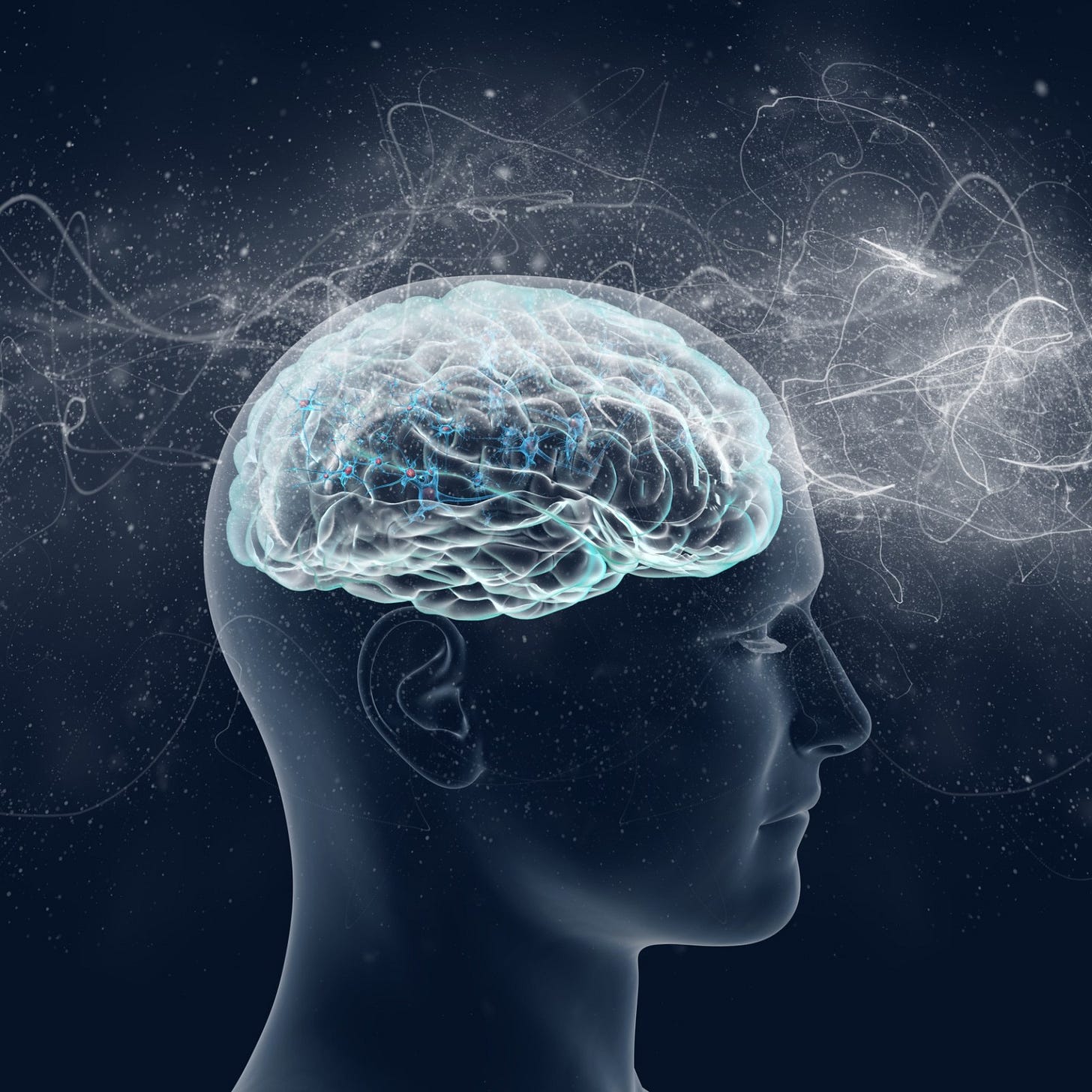Neuroscience of Consciousness
Written by Crystal Ruizmun
Scientists still need to find out which region of the brain the consciousness is part of. There have been debates on whether it encompasses the entire brain, while there are others where consciousness belongs to a specific brain region. Regardless, many neuroscientists as well as psychologists have debated on whether consciousness is part of the brain or is separate from the mind. Some psychologists like Carl Jung and Sigmund Freud have debated on this exact topic, where consciousness is located.
A study was conducted where EM fields were used to image the brain and observe which regions of the brain were activated or before activating[1]. This proposes that the mechanism used can be found in the fundamental physics of the brain, essentially in the complex electromagnetic fields that exist at the cellular level. The EM field is what manifests the computations, signaling, and information processing performed by neural networks to produce our first-person conscious experience. Therefore, scientists concluded that consciousness cannot be ignored or attributed to a "magical emergence", but must have an underlying physical mechanism. This may be found in the electromagnetic properties of the brain at the neuronal level.
Another study used various neurological signals, such as EEG, ERP, and fMRI, that can be used to predict aspects of conscious experience. These systems are involved in regulating the level of consciousness and can affect the overall level of consciousness. Another system was used to measure cortical disorders like seizures and migraines, on how they can disrupt phenomenal, or subjective, consciousness. As a result, a theory was proposed that these systems can account for both experimental findings and clinicians’ observations compared to prior theories[2].
A final study states there are many different theories of consciousness, each contributing to our understanding. but the field needs a general integrative framework rather than more individual theories. A Cognitive Evolution theory (CET) was proposed and provided a framework for some theories. This formalizes the stream of consciousness as a discrete chain of momentary states, derived from critical brain dynamics at phase transitions. This is mapped to neural correlates of conscious states. To conclude, this study aimed to provide a theoretical framework for understanding the dynamic, evolutionary, and physical basis of consciousness[3].
As a result of these studies, there is no definitive answer on where consciousness stems from, only theories. There is current research studying consciousness and where it originates but so far, there has been no success.
References
[1] Kitchener, P. D., & Hales, C. G. (2022). What Neuroscientists Think, and Don't Think, About Consciousness. Frontiers in human neuroscience, 16, 767612. https://doi.org/10.3389/fnhum.2022.767612
[2] Friedman, G., Turk, K. W., & Budson, A. E. (2023). The Current of Consciousness: Neural Correlates and Clinical Aspects. Current neurology and neuroscience reports, 23(7), 345–352. https://doi.org/10.1007/s11910-023-01276-0
[3] Yurchenko S. B. (2022). From the origins to the stream of consciousness and its neural correlates. Frontiers in integrative neuroscience, 16, 928978. https://doi.org/10.3389/fnint.2022.928978
Written by Crystal Ruizmun from MEDILOQUY


